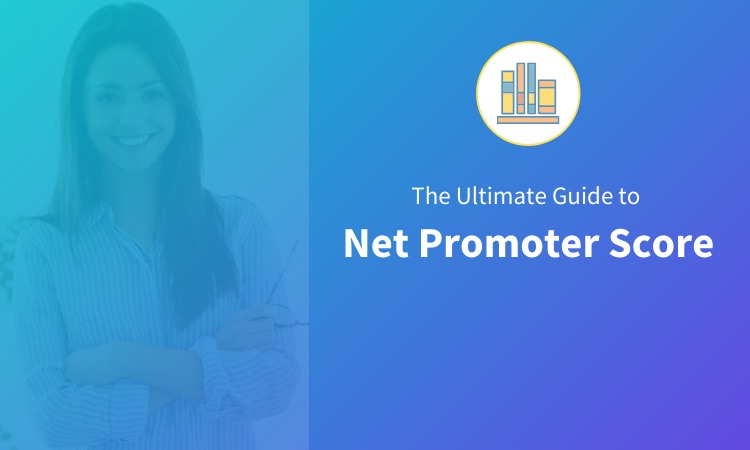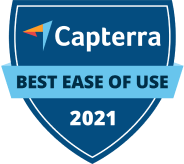Chapter 1
Introduction to Net Promoter Score®
What is Net Promoter Score®?
Net Promoter Score (NPS) is a Customer Experience metric to measure the loyalty of the customers. It ranges from -100 to 100 and measures the willingness of customers to recommend a company, it's products or services to others. The Net Promoter Score enables you to benchmark the loyalty of your customers and predict their purchase and referral behavior.
NPS measures customer perception and customer loyalty towards a business based on one simple question —
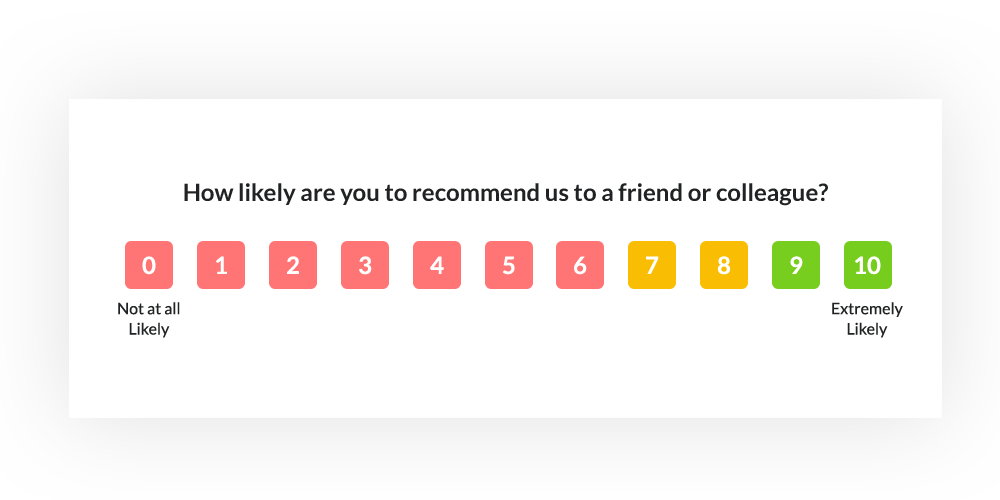
Brief History of Net Promoter Score®
The Net Promoter Score metric was introduced in the year 2003 by Fred Reichheld of Bain & Company through his best-selling book named "The Ultimate Question: Driving Good Profits and True Growth". He created this as a new way to measure the loyalty that a company generates based on the experience it offers its customers. He called this metric NPS® and shared the methodology to measure it so anyone could apply it to their business to measure customer as well as employee loyalty.
Over the years, there has been an unprecedented level of growth in the Net Promoter Score metric users. More than two-thirds of the Fortune 1000 list currently use the Net Promoter Score to determine customer loyalty. Thousands of leading brands such as Apple, Intuit, G.E., and American Express began using NPS to measure customer loyalty and engagement. With such growing popularity, Net Promoter Score has become the gold standard Customer Experience Metric.
Chapter 2
How to Calculate NPS®?
To understand how NPS is calculated, let's understand the question, its scale and its components.
In the NPS question, customers rate their willingness to recommend the company and it's products and services on the scale of 0-10. Based on their responses, customers will be segregated into three categories:
- Promoters: These are customers who gave a score of 9-10. They are very loyal to the company.
- Passives: These are customers who gave a score of 7-8. They are moderate towards the company and may switch if a better option is given.
- Detractors: These are customers who gave a score of 0-6. They are disloyal to the company and likely to badmouth the organization.
Calculating NPS®
Once you know the Promoters, Passives and Detractors, calculating NPS is fairly easy.
Subtract the percentage of Detractors from the percentage of Promoters to determine your Net Promoter Score. This NPS can range from -100 to 100.

If you have more detractors, your score will be less than 0 and if you have more promoters, your score will be more than 0. The goal, of course, should be to have more promoters than detractors to get a good Net Promoter Score.
There are multiple ways in which you can do the NPS Calculation:
- Calculate Net Promoter Score in Excel
- Use a Free NPS Online Calculator
- Send Surveys & get NPS Score with NPS Software
1. Calculating NPS using Excel
Say, you've sent NPS Survey with the NPS questions and you've received 200 responses from your customers. To calculate Net Promoter Score in Excel follow the below steps:
- Step 1: Enter all of the survey responses into an Excel spreadsheet.
- Step 2: Based on their scale of willingness, segregate the responses into three categories. Promoters (9-10), Detractors (0-6), and Passives (7-8).
- Step 3: Now add up the total responses from each group and get the percentage by dividing the total number of groups from the total number of survey responses.
- Step 4: Now, get your NPS score by subtracting the percentage total of Detractors from the percentage total of Promoters.
For instance, say if you received 200 responses to your NPS survey.- 20 responses were in the 0–6 range (Detractors)
- 140 responses were in the 9–10 range (Promoters)
- 40 responses were in the 7–8 range (Passives)
When you calculate the percentages for each group, you get 10%, 70%, and 20% respectively.
Net Promoter Score = % of Promoters - % of Detractors
NPS = 70% - 10% = 60
So, your Net Promoter Score is 60.
2. Calculate NPS using a Free Online Calculator
A nifty free NPS Calculator is an easy and quick way to calculate your Net Promoter Score. Simply add the number of detractors, passives and promoters, or even simpler, add the number of people who gave you score 0, 1, 2 till 10 and the calculator will give you the score instantly!
3. Calculate your NPS using NPS Software
NPS Software is a tool that lets you set up and send NPS Surveys and take feedback from customers using various channels like Tablets, Kiosks, Online, Websites, Web Widgets, Email and SMS. The software also shows you NPS responses in real-time, stores NPS results, gives insightful NPS Reports, changing trends, and the ability to take action to convert Detractors to Promoters.
Chapter 3
NPS® Survey - Types, Questions & Templates
The NPS Survey is used for taking both quantitative and qualitative feedback. It enables you to find out the NPS Score as well as the reason for the score.
While the NPS question is the simple one — 'How likely are you to recommend us to a friend or colleague?', the NPS Survey is ideally a two-question survey. The first one being the NPS question and the second question seeking the reason for the score. This is generally an open-ended question where you can ask the customer about the reason for the score, and what they like or dislike about your company, product or service.
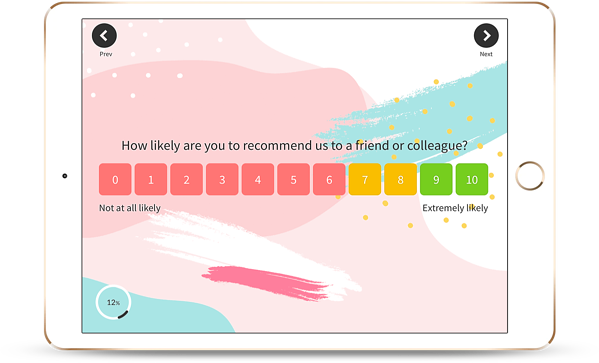

Although, NPS question does give you a lot of information like identification of promoters, passives, and detractors, using a follow-up question in addition to the NPS is a great way to know the reasoning behind the score. This reasoning gives you more actionable data to determine what is working and what is not working in your company.
It is popular for the follow-up question to be an open-ended one to seek free comments, you can also use an NPS Tool to set up logic-based closed-ended NPS follow up questions.
NPS® Survey Question
The NPS Survey Question can be slightly modified based on what you're using it to measure — customer loyalty, employee loyalty and regarding what — the company, brand, product or service.
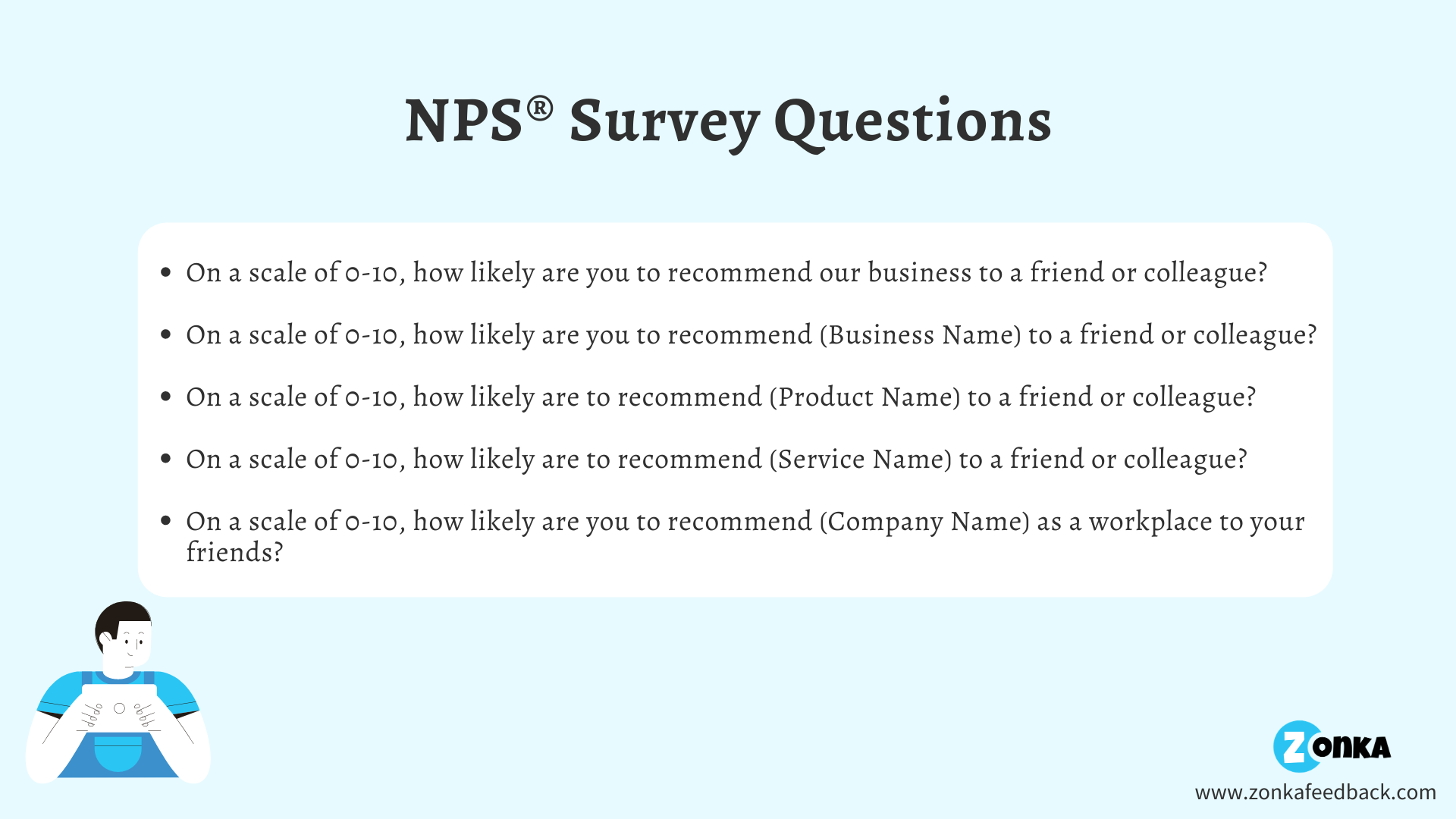
- On a scale of 0-10, how likely are you to recommend our business to a friend or colleague?
- On a scale of 0-10, how likely are you to recommend (Business Name) to a friend or colleague?
- On a scale of 0-10, how likely are to recommend (Product Name) to a friend or colleague?
- On a scale of 0-10, how likely are to recommend (Service Name) to a friend or colleague?
- On a scale of 0-10, how likely are you to recommend (Company Name) as a workplace to your friends?
NPS® Survey Qualitative, Open-Ended Questions
You can use a standard open-ended NPS Survey question or use survey logic to ask different and modified questions to promoters, detractors and passives to seek their reason for the score.
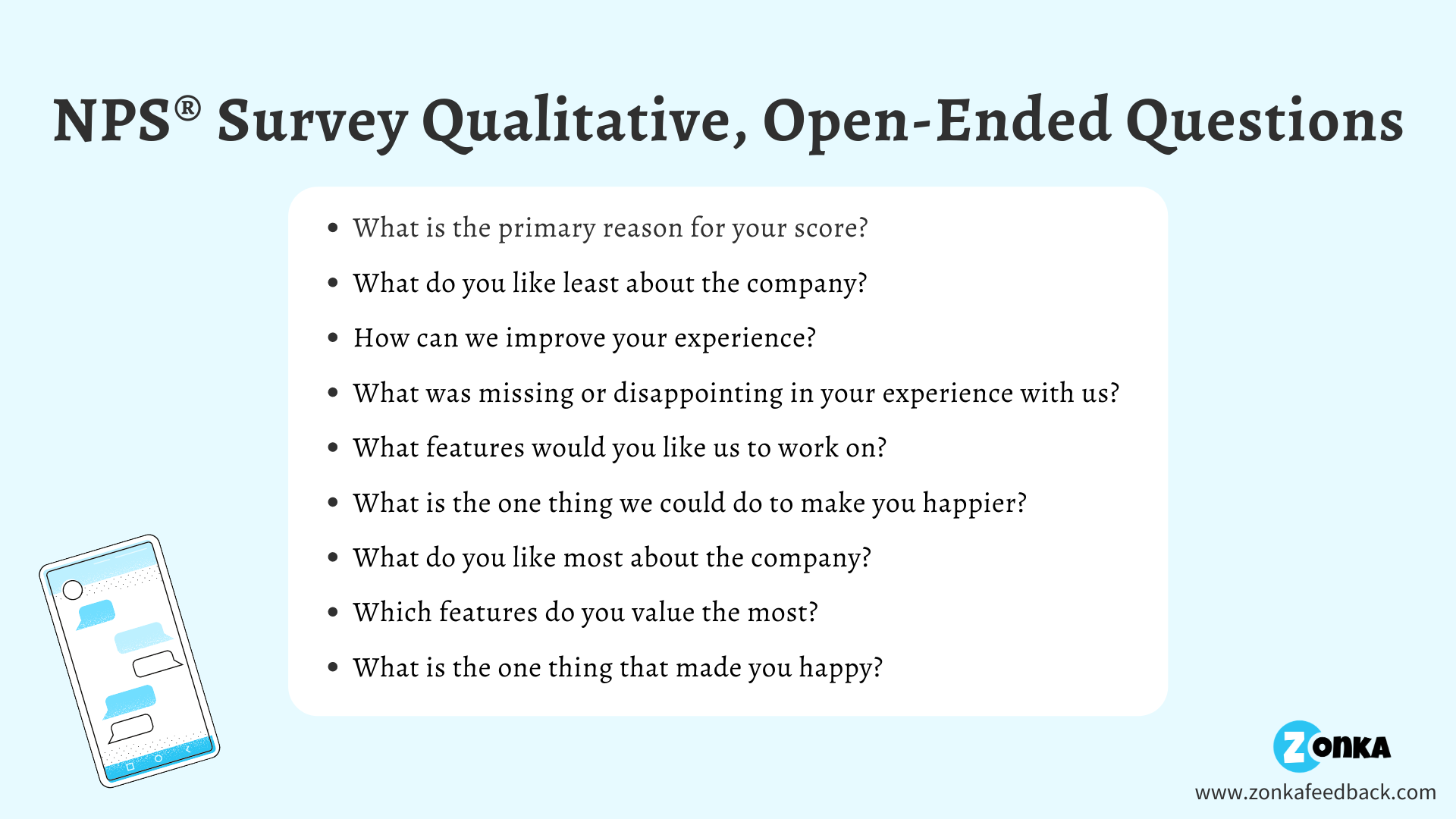
Standard Open-Ended NPS Survey Question
- What is the primary reason for your score?
Alternative Open-Ended NPS Survey Questions
- What do you like least about the company?
- How can we improve your experience?
- What was missing or disappointing in your experience with us?
- What features would you like us to work on?
- What is the one thing we could do to make you happier?
- What do you like most about the company?
- Which features do you value the most?
- What is the one thing that made you happy?
Types of NPS Surveys
The NPS Surveys can be employed in multiple ways — as a measurement of loyalty based on the relationship and as a measurement of loyalty based on a transaction or event. This gives us two different types of NPS Surveys (or two different ways in which you can use the NPS Surveys) -
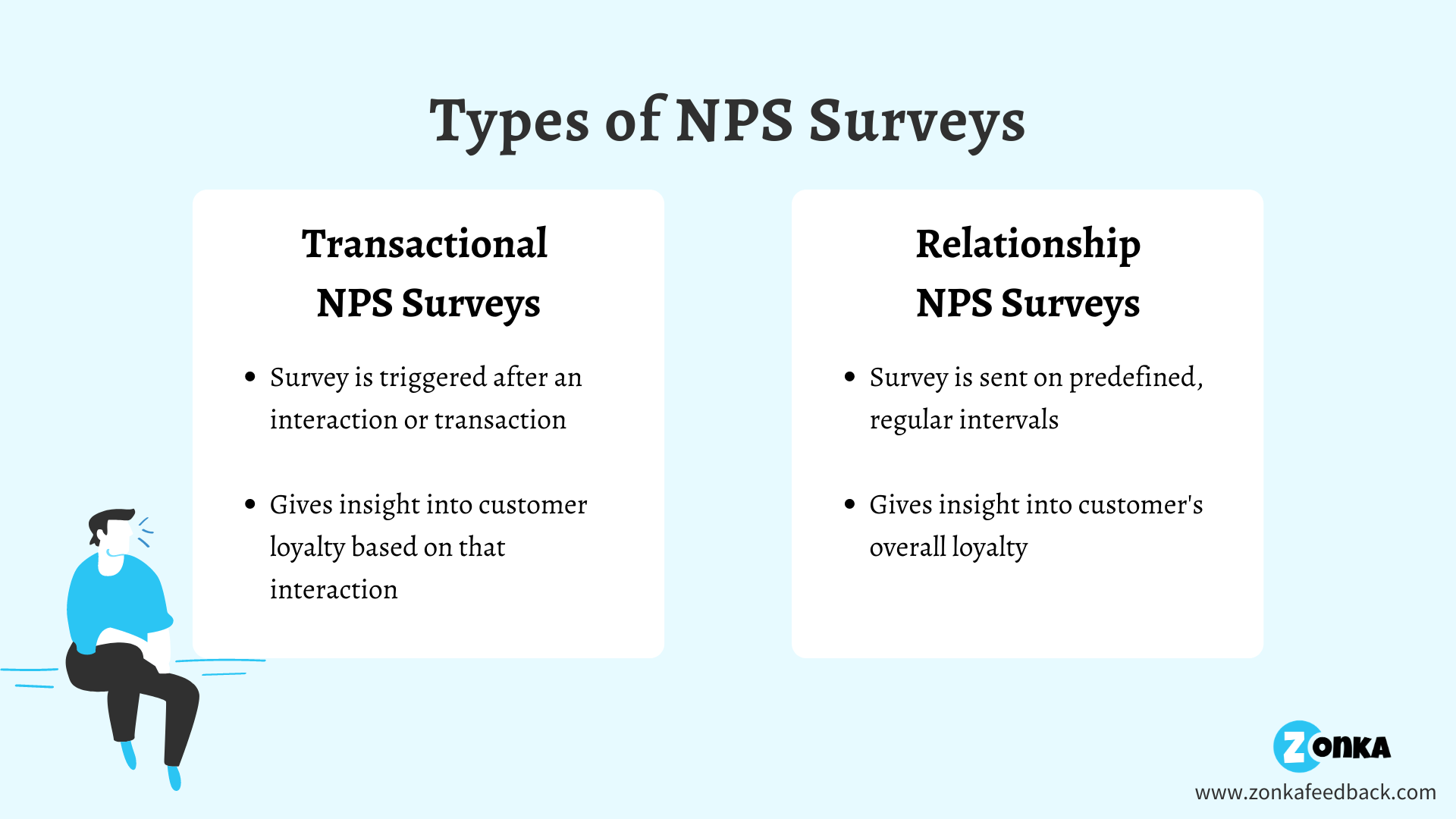
- Transactional NPS Surveys
- Relationship NPS Surveys
Transactional NPS Survey
Transactional NPS Survey is administered to determine the customers' perception immediately after specific interaction or transaction or event like placing a new order, booking tickets, doing online payment and so on. Since the Transactional NPS Surveys are triggered on an event, the Net Promoter Score evaluated from these is considered to be specific to the event, and not the relationship as a whole.
The Transactional NPS Surveys help companies in determining what event caused dissatisfaction to the customer.
A modified Transactional NPS Survey would be — Based on your current purchase, how likely are you to recommend shopping on our website to your friends and family?
Use Cases for Transactional NPS Surveys
- For e-Commerce & Retail — post-purchase, after delivery, after successful returns and refunds
- For Healthcare — post-discharge, post appointment
- For Hospitality — post check out of the hotel
- For Restaurants — post-dine-in meal, after home delivery
- For Organizations — post events, post appraisal, post-training
Relationship NPS Survey
A Relationship Survey is administered to gauge the general experience of customers and employees of being associated with your organization. A relationship survey can be done regularly like bi-annually, or quarterly to get a pulse of the relationship and loyalty.
Chapter 4
Importance of Measuring NPS®
According to the Nielsen Global Trust in Advertising Report, 83% of online respondents say they trust the recommendations of friends and family.
That statistics itself speaks volumes about the importance of recommendations and reviews of friends and family in deciding any spending in general. Besides doing online research, don't we all also refer to friends while making a new laptop purchase, while considering which car to buy, which hotels to book for a vacation, which apartment to check out, which doctor to visit and almost everything else I can think of!
There are many reasons why you should measure and track NPS, but a few important reasons are:
- To measure Customer Loyalty
- To identify reasons for dissatisfaction & areas to improve
- To align Business Plans with Customer Expectations
- To reduce Customer Churn Rate
- To boost referral marketing
Let's talk more about them and understand them better.
1. To Measure Customer Loyalty
The number one reason to start using NPS Surveys is of course to measure Customer Loyalty. According to research by Yotpo, 59% of consumers are more than willing to refer brands they like to their friends and family and 36% are likely to spend more. 66% of US consumers admit to spending more on brands which they are loyal to.
Loyalty is an important determinant for customers continuing doing business with you and increasing their spending as well. It is also a metric that is hard to measure. The ways in which most companies determine Customer Loyalty are by measuring repeat purchases, average order value, referrals, and churn rate. However, none of these are direct indicators of loyalty.
Measuring NPS regularly helps you quantify customer loyalty and also compare it over a period of time to further understand business health and growth.
2. To identify reasons for dissatisfaction & areas to improve
While just measuring NPS does not help in identifying the reasons for dissatisfaction of detractors and passives, but using NPS Surveys to get both quantitative and qualitative data (as we mentioned above) can be very helpful.
By asking to follow up, open-ended questions, you can identify issues and work towards closing the feedback loop.
With Zonka Feedback's NPS Software, you can use Text Analytics Reports to analyze the open-ended questions, identify words that are being repeated and their corresponding Net Promoter Scores. This powerful NPS report that works on comment boxes helps by highlighting trending issues so you can focus on those first.
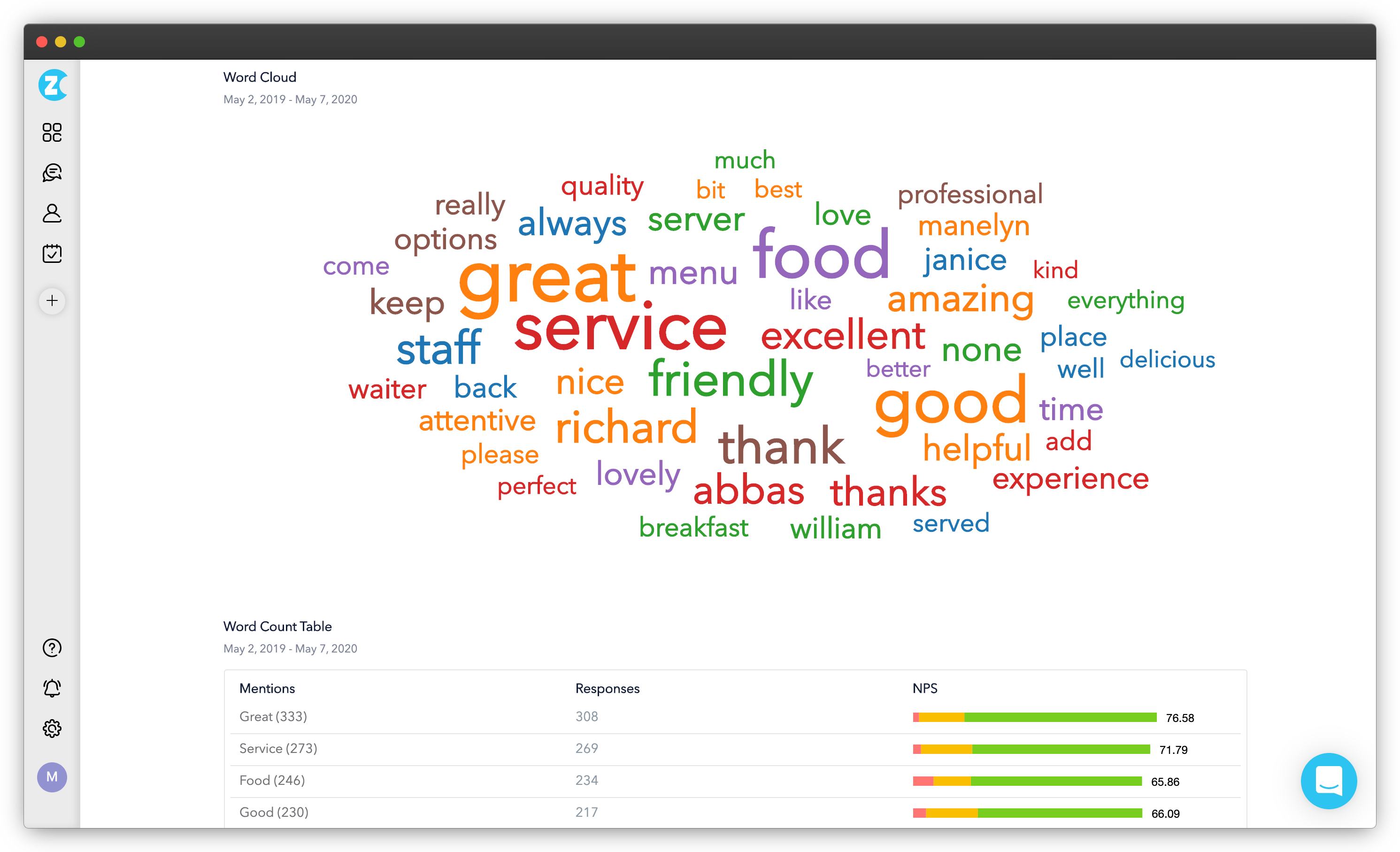
3. To reduce Customer Churn Rate
It is 5%-25% more expensive to acquire a new customer than retaining an existing one and by increasing customer retention by merely 5%, you can increase profits by 25% to 95%.
When you measure NPS, you are able to determine which customers are likely to Churn (not repurchasing from you, cancelling their account, cancelling renewal, moving their business to a different organization). Identifying them gives you the opportunity to work on preventing Customer Churn.
You can do this by tracking NPS on a regular basis as well as by tracking detractors, passives and promoters. To understand the health of your relationships with customers, you can look at NPS Trends to identify increase or decrease in detractors, passives and promoters. If you see a decrease in detractors and increase in passives, this means that a positive trend has started. Your goal should be to gradually move these passives to being promoters. Alternatively, if promoters are on a decline, it indicates possibility of a higher percentage of Customer Churn.
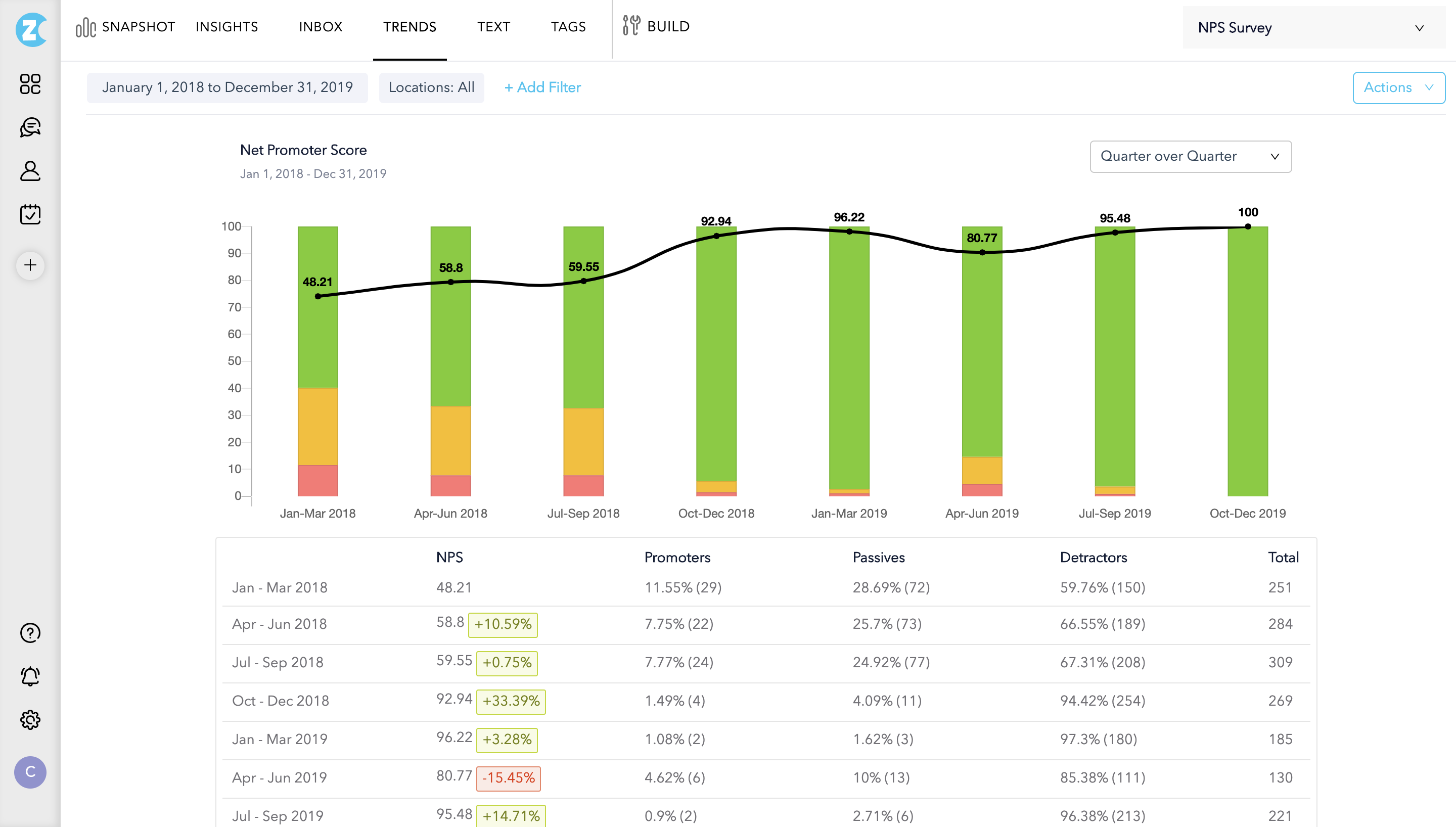
4. To align Business Plans with Customer Expectations
Seeking qualitative feedback from customers after NPS Survey question helps in identifying what improvements and features customers are expecting from business. For example, when you follow up NPS question with a question like 'What is the one thing we can change to make your experience better?', customers are likely to share their suggestions. These when analyzed can give amazing insights into customer expectations.
Aligning business plans and expansion with Customer Expectation is a great way to convert your detractors into promoters.
5. To boost referral marketing
92 percent of consumers say they trust recommendations from friends and family above all other forms of advertisements. Promoters from NPS Surveys can be your brand ambassadors. Once you identify your promoters, you can leverage them by seeking testimonials, online recommendations, case studies and referrals.
By measuring NPS, it becomes easy to identify your happy customers and then you can easily collaborate with them in marketing your business and brand.
Use NPS to Grow
While identifying detractors in NPS helps you improve on issues and close the feedback loop, identifying promoters helps further your marketing and referral programs. Therefore, NPS is a metric you should continue to measure even if you reach your goal Net Promoter Score as it will help you grow more and grow better.
Chapter 5
Key Steps to Implement NPS® Survey System
Knowing the key benefits of measuring Net Promoter Score, the next step of course is to use this powerful Customer Experience Metrics to measure your customer loyalty and use this score to enable business growth. Implementing NPS Survey System is easy if you follow the right steps.
Step 1 — Identify your Customer Touch points
Whether you want to run Transactional NPS Surveys or Relationship NPS Surveys, you can imperative to first identify all customer touch points where customers interact with your company, your employees and your brand.
Step 2 — Choose a NPS Software
While it is possible to run NPS Surveys on your own without any software, it is not ideal. With an NPS Software, you not only save time, but get the benefit of too many features — like creating NPS Surveys with intelligence and ease, distributing NPS surveys to your customers across various survey channels, triggering NPS Surveys based on events and transactions using integrations and APIs, viewing real-time responses and Net Promoter Scores in one place, accessing in-depth NPS Reports and Analysis, and more!
Step 3 — Customize your NPS Survey
As discussed thoroughly above, the NPS Survey is ideally a two-part survey with the Net Promoter Score Question and the Reasoning Question. Before distributing the Survey and starting to take feedback, it is important to customize your NPS Survey to exactly ask what you're looking for to get the accurate results. Explore 12 Best NPS Questions and Templates.
Step 4 — Distribute your Survey via various Channels and Get Responses
The best way to share your NPS Survey is to reach your customers wherever they are. If your customers are in your store, on premises then set up Kiosk Surveys for them, if they are in touch with you remotely then Email Surveys and SMS Surveys work best. For customers on your website, you can set up Website Surveys and take feedback online. Printing QR Codes to scan and give feedback, distributing survey links, using iPad Surveys and Android Surveys, or even Mobile Surveys are other various options to take Customer Feedback and measure NPS.
Step 5 — Identify Key Drivers of Customer Loyalty in your Business
When you start getting responses, you can use the NPS Reports to identify the key drivers for customer's happiness and dissatisfaction with your business, and understand what influences their behavior and loyalty. With follow-up questions and Text Analytics reports, you get a clarity into key drivers and behavior influencers.
Step 6 — Create a Closed-Loop NPS System
Bring in your team to your NPS Software and create an effective closed-loop NPS System involving your Front-line Staff, Middle Management and Top Management. The technical support team and front-line staff play a key role in dealing with detractors first hand as well as encouraging promoters. Their interaction with the customers is the most direct and influences the most. Middle management plays a role in training the front-line staff and creating the right ground for improving customer experiences. The top management develops strategy and creates the right environment, system and incentives for teams to put customer experience and happiness at the top.
Chapter 6
Ready to start measuring Net Promoter Score®?
The Zonka Feedback NPS Software is a perfect platform for companies that are looking at setting up a sound and effective NPS System in their organization, measure NPS across various channels, get actionable NPS data and take action to make business improvements and growth.
Our software is a top choice for NPS Software for enterprises and small-businesses for various reasons.
- It's a comprehensive, feature-rich NPS Software to create surveys, distribute, analyze responses, access real-time in-depth reporting, and take action to close the loop.
- Personalized support by team to effectively personalize and set up the NPS System as well as ready-to-use templates and knowledge base available for easily setting up and getting started in no time by yourself.
- NPS Solution that is ready to be plugged into any business requirement and suitable for all organizations of all sizes.
- Ready to be integrated with other tools and software to do feedback management on steriods.





 iPad Surveys
iPad Surveys Android Surveys
Android Surveys Kiosk Surveys
Kiosk Surveys Mobile Forms
Mobile Forms Email Surveys
Email Surveys SMS Surveys
SMS Surveys Website Surveys
Website Surveys Creating Surveys
Creating Surveys Multilingual Surveys
Multilingual Surveys Collecting Feedback
Collecting Feedback Closing Feedback Loop
Closing Feedback Loop Reporting & Analytics
Reporting & Analytics NPS Dashboard & Reporting
NPS Dashboard & Reporting Multiple Locations & Chains
Multiple Locations & Chains Offline Device Tracking
Offline Device Tracking APIs, Webhooks & Integrations
APIs, Webhooks & Integrations Healthcare
Healthcare Education
Education Retail
Retail Financial
Financial Restaurants
Restaurants Hotels
Hotels Customer Satisfaction
Customer Satisfaction Patient Satisfaction
Patient Satisfaction Employee Satisfaction
Employee Satisfaction Net Promoter Score
Net Promoter Score Website Surveys
Website Surveys Feedback Form Templates
Feedback Form Templates Integrations
Integrations The Ultimate NPS Guide
The Ultimate NPS Guide Survey Tips and Tricks
Survey Tips and Tricks Blog and Insights
Blog and Insights Survey Guides
Survey Guides Help Documentation
Help Documentation Customers
Customers